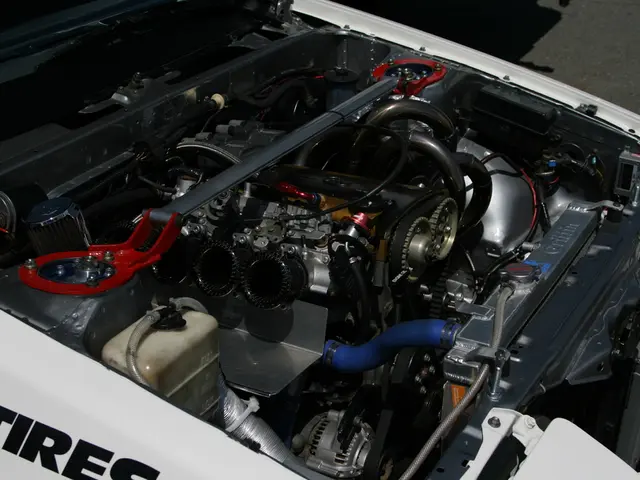Construction Obstacles for Renault Group's Novel Large Scale Driving Simulator
Renault Group Unveils Groundbreaking ROADS Simulator
The Renault Group has recently unveiled its ROADS (Renault Open-Air Driving Simulator) project, a monumental endeavor that marks a significant step towards becoming a next-generation automotive company.
Launched in spring 2023, the ROADS project, housed in a new building with an area of approximately 2,000 square meters, has faced numerous challenges, as stated by Serge, the ROADS Project Manager at the Renault Group's Digital Excellence Center.
One of the initial challenges was providing the necessary electrical power for the simulator. To meet the exceptionally high power requirements, a 20 MVA (Mega-Volt-Ampere) transformer was installed.
Another challenge was constructing the ROADS building itself. The rigidity of the slab on which the simulator would rest was a major concern. The slab, an exceptional structure, is 1.5 meters thick and rests on a network of 55 concrete pillars, each one meter in diameter, extending 30 meters deep. It provides an ultra-stable area of nearly 1,400 m2 (35 x 39 meters) for the simulator to exert its dynamic forces, including lateral and longitudinal acceleration up to 1 G and a speed of 9 meters/second.
The ROADS simulator consists of three major elements: the immersive dome, the hexapod, and the steel rolling structure, or the 'gantry'. The gantry, the largest part of the simulator, measures 28 meters in length, 4 meters in width, and weighs 12 tons. Due to its large size, it was transported in pieces, taking five days to cover a 533-kilometer journey to the Technocentre.
The carbon fiber dome arrived in pieces and was assembled, bolted, and glued together on-site in the simulation area. This innovative structure plays a crucial role in providing an immersive driving experience for the simulator's users.
The ROADS simulator is equipped with an innovative energy recovery system, similar to that of an electric vehicle. This system recovers and stores a portion of the energy lost during deceleration and braking phases in supercapacitors. This recovered energy is then reused during the simulator's acceleration phases.
The construction of the ROADS building presented numerous challenges, one of which was the simultaneous construction and development of the simulator. Despite these challenges, the team tackled them with innovative solutions and great tenacity. Today, ROADS is operational, but its story is just beginning.
The ROADS simulator is a crucial part of Renault Group's transition into the 'next-generation automotive company'. It will undoubtedly play a significant role in the development and testing of future vehicles, pushing the boundaries of what is possible in the world of automotive engineering.
Read also:
- EA Relies on Madden and Battlefield to Drive Microtransactions Recovery
- Expense for Creating a Digital Platform for Fantasy Sports
- Tesla's Nevada workforce has escalated to a daily output of 1,000 Powerwall units.
- Honda unveils blueprint for design, advanced driver assistance systems, electric vehicles, fuel efficiency, and technology development







